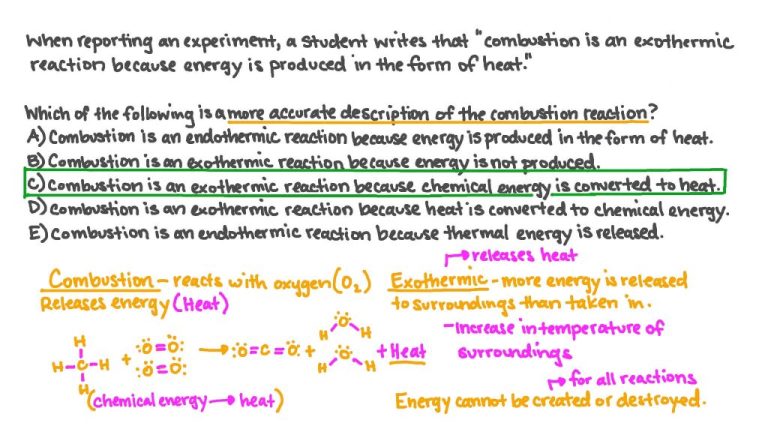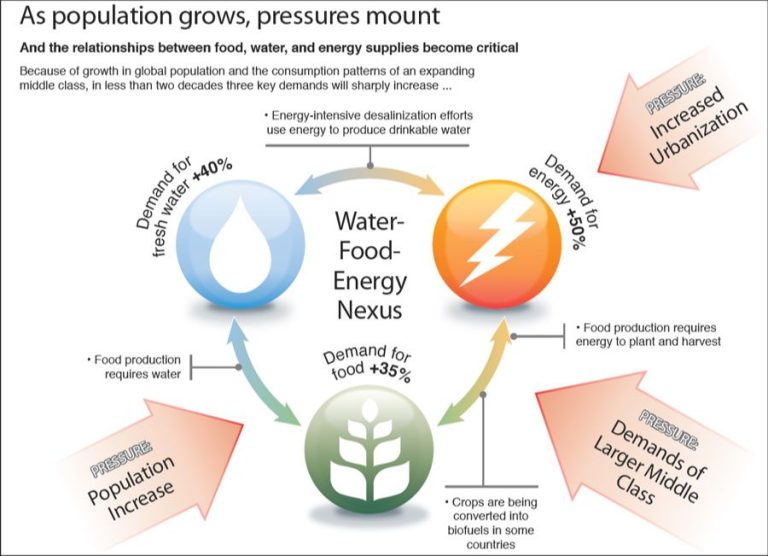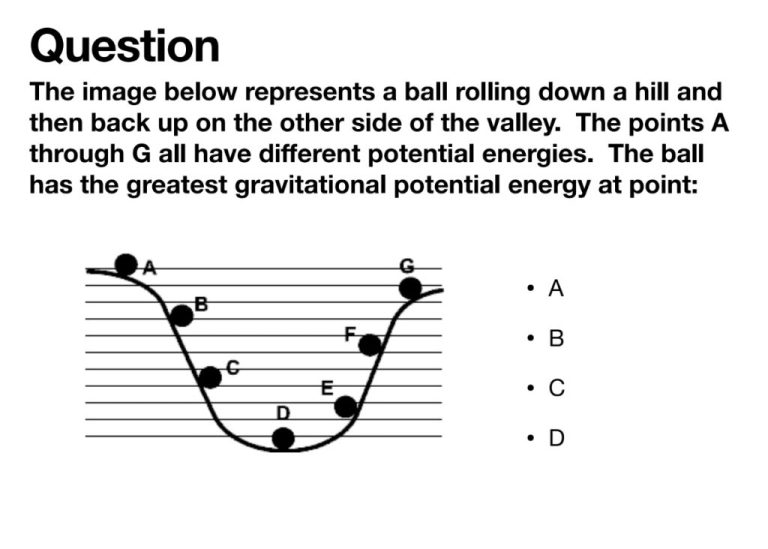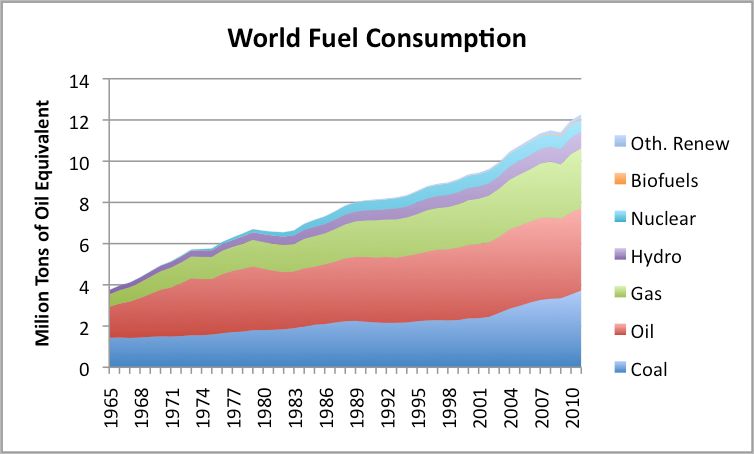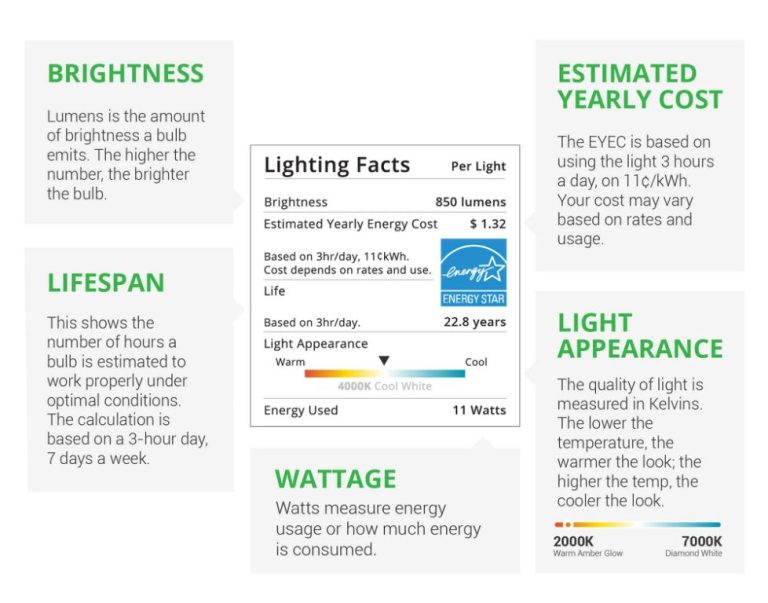What Energy Can Replace Fossil Fuels?
As climate change becomes an increasingly urgent issue, the need to transition away from fossil fuels like oil, coal, and natural gas is more apparent than ever. These carbon-intensive fuels are major contributors to greenhouse gas emissions and air pollution when burned. Finding alternative, cleaner energy sources to replace them has therefore become a global priority.
The potential benefits of moving beyond fossil fuels are immense. Doing so can help mitigate climate change by drastically cutting emissions. It can also reduce health problems associated with air pollution while enhancing energy security by relying less on limited resources like oil and gas. Additionally, transitioning to novel energy solutions can drive technological innovation and job creation in the emerging renewable sector.
But finding viable substitutes for entrenched fossil fuels is a major challenge. The ideal alternatives need to provide abundant, affordable energy with minimal environmental impact. There are several promising renewable technologies and cleaner fuels that could fit this description. Evaluating the strengths and limitations of these options is key in determining the best paths forward in the clean energy transition.
Solar Power
Solar power is one of the most promising renewable energy sources to replace fossil fuels. It harnesses the sun’s energy and converts it into electricity through the use of photovoltaic solar panels. When sunlight hits these panels, the solar cells convert the photons into electrons, generating a flow of electricity.
There are two main types of solar power technologies: photovoltaic (PV) and concentrated solar power (CSP). PV panels are commonly installed on rooftops to generate electricity, while CSP uses mirrors to concentrate sunlight and heat a fluid that drives a turbine to produce power.
Solar power has seen exponential growth over the past decade. Total global solar capacity increased from 40 gigawatts in 2010 to over 580 gigawatts in 2019. This growth is expected to continue as solar technology improves and costs decline. The International Energy Agency (IEA) forecasts that solar could generate over 6,000 gigawatts worldwide by 2050 under an optimistic scenario.
The costs of solar have dropped dramatically in recent years. The average price of utility-scale PV electricity fell from $359 per MWh in 2009 to just $40 per MWh in 2019. Solar is now the cheapest form of electricity in many parts of the world. Further declines in costs will enable solar to outcompete fossil fuels.
Solar offers a modular and scalable solution. Solar panels can be installed rapidly and require little maintenance. Both small-scale distributed and large utility-scale projects are viable. This flexibility makes solar a highly scalable energy source capable of meeting local needs as well as making a substantial contribution to the overall energy mix.
Wind Power
Wind power harnesses the kinetic energy of wind to generate electricity. Modern wind turbines consist of blades connected to a rotor which spins a generator to produce electricity. The wind turns the blades, which spin a shaft connected to a generator to convert the kinetic energy into electrical energy. The generator is located inside the nacelle at the top of the tower.
Global wind power capacity has grown rapidly in recent decades. According to a recent report, total installed wind power capacity worldwide reached 743 GW in 2020, led by China with over 280 GW. The countries with the most wind power capacity are China, the United States, Germany, India and Spain (Source).
Wind power can be generated both onshore and offshore. Onshore wind farms are located on land, while offshore wind farms are constructed in bodies of water. Offshore wind turbines are built further out at sea where stronger and more consistent winds can produce more electricity. However, offshore wind farms are more expensive to build and maintain than onshore. Global offshore wind capacity is still small compared to onshore, but is growing rapidly as technology improves.
Hydroelectric Power
Hydroelectric power is one of the oldest and most widely used forms of renewable energy. It converts the energy from flowing water into electricity using hydroelectric dams. A dam is constructed to control water flow and create a reservoir, then water from the reservoir is directed through large pipes or tunnels, called penstocks, that lead to a turbine inside a powerhouse. As the water rushes past the turbine blades, it causes them to spin, which activates a generator that converts the mechanical energy into electrical energy.
Hydroelectric dams provide a reliable and affordable source of electricity in many parts of the world. They account for around 16% of global electricity production and over 70% of all renewable electricity. The main advantages of hydroelectric power are its low operating costs once dams are constructed, proven large-scale generation capabilities, and ability to quickly adjust output to meet shifts in electricity demand. Since dams store water for later use, hydroelectricity can also help balance electricity grids by storing excess energy and discharging it when needed.
While hydroelectricity has substantial potential for further growth, this depends on suitable geography, available water resources, and environmental considerations. Constructing large dams and reservoirs can negatively impact river ecosystems and displace communities, leading to increasing scrutiny of new projects. However developing countries in Asia, Africa, and Latin America still have significant untapped hydro resources that could expand access to electricity. Existing dams can also often increase their generating capacity through turbine upgrades and efficiency improvements with minimal environmental impact. Overall, hydroelectric power is likely to remain an important carbon-free energy source alongside the growth of other renewables.
Geothermal Energy
Geothermal energy taps heat below the earth’s surface by accessing underground reservoirs of hot water and steam. This heat can be harnessed to generate electricity or provide direct heating and cooling. According to ThinkGeoEnergy, the top countries for geothermal power generation capacity in 2022 were the United States, Indonesia, the Philippines, Turkey, and New Zealand.
Some examples of geothermal applications include:
- Generating electricity – Geothermal plants use hot water and steam from underground to spin turbines and generate electricity just like fossil fuel plants.
- Heating and cooling buildings – Geothermal heat pumps can heat and cool buildings by transferring heat between the earth and buildings.
- Heating greenhouses – Geothermal hot water can provide heat for greenhouses to grow plants year-round.
Geothermal energy has significant potential for growth as a renewable baseload power source. According to the Geothermal Energy Association, only about 7-8% of total geothermal capacity in the U.S. has been tapped so far. With supportive policies and technological advances, geothermal generation could provide up to 10% of U.S. electricity by 2050.
Bioenergy
Bioenergy refers to renewable energy derived from biomass, which is organic material that comes from plants and animals. There are a few ways that biomass can be converted into usable energy:

Biofuels: Biomass like corn, sugarcane, or vegetable oils can be processed into liquid fuels like ethanol and biodiesel. These biofuels can then power cars, trucks, and other vehicles. Global biofuel production has grown rapidly, from around 20 billion liters in 2007 to over 140 billion liters in 2015 [1].
Biopower: Biomass like wood, crops, garbage, and landfill gas can be burned directly to produce steam and electricity. As of 2020, biomass accounted for about 5% of total U.S. energy consumption [2].
However, some criticize bioenergy for not being fully sustainable or carbon-neutral. Concerns include deforestation, increased food prices, and pollution from farming practices. More research is needed to maximize benefits and minimize downsides of bioenergy.
[1] https://books.google.com/books?id=rPYTEAAAQBAJ&pg=PA24&lpg=PA24&dq=%22global+biofuel+production+by+year%22&source=bl&ots=L_pF6BOC8X&sig=ACfU3U2DMLoqCMOrmgp6BSikmxGJDVKZ-A&hl=en&sa=X&ved=2ahUKEwjnr5SEwreEAxXy6ckDHajnAG8Q6AF6BAgOEAM
[2] https://www.eia.gov/energyexplained/biomass/
Nuclear Power
Nuclear power plants use nuclear fission to generate electricity. In nuclear fission, atoms are split apart, releasing a large amount of energy. This energy is used to heat water into steam, which then spins a turbine to generate electricity. Uranium is the most common nuclear fuel used in fission reactions.
There are concerns about the safety of nuclear power plants, especially after high-profile disasters like Chernobyl and Fukushima. Proper safety regulations and oversight are critical. There is also public concern over the storage of radioactive nuclear waste. However, modern nuclear reactor designs have advanced safety features and passive cooling technologies.
Nuclear power plants are expensive to build but relatively cheap to operate. The levelized cost of electricity from new nuclear plants is estimated to be $97 per megawatt-hour. This is competitive with other low-carbon energy sources. Nuclear plants can also provide steady baseload power to the grid. According to the World Nuclear Association, nuclear energy provides about 10% of the world’s electricity from around 440 active reactors.
Hydrogen
Hydrogen fuel cells are an exciting technology for powering zero-emission vehicles. Fuel cell vehicles use hydrogen gas and oxygen to generate electricity to power the vehicle’s electric motor. The only byproduct from this chemical reaction is water, meaning they produce no greenhouse gas emissions (Vehicle Manufacturers Working on Hydrogen Fuel Cell Vehicles). Major automakers like General Motors, Honda Motor Co, BMW and Hyundai are investing heavily in hydrogen fuel cell vehicles and aim to bring models to market in the coming years (Top Hydrogen Fuel Cell Vehicle Companies).
However, there are challenges around producing, distributing and storing hydrogen. Most hydrogen today is produced from natural gas in a process that generates carbon emissions. Producing hydrogen from renewable electricity through electrolysis is expensive and energy intensive. Hydrogen also requires special storage tanks and distribution infrastructure, which is still lacking (Hydrogen Fuel-Cell Vehicles: Everything You Need to Know). For hydrogen vehicles to reach mass adoption, costs need to come down and production methods need to be decarbonized. More investment is needed in distribution infrastructure like hydrogen filling stations.
Other Technologies
In addition to the major renewable energy sources discussed, there are some emerging and niche renewable technologies that show promise for the future.
Tidal power harnesses the energy from the natural rise and fall of ocean tides and converts it into electricity. Projects are underway to capture tidal energy at scale, like the Sihwa Lake Tidal Power Station in South Korea. However, tidal power faces challenges with its high upfront costs and impacts on marine ecosystems.
Similarly, wave power devices extract energy from the motion of ocean waves and convert it into electricity. However, this technology is still in early developmental stages. Significant hurdles remain in making wave power commercially viable.
There are also a variety of emerging technologies like hydrokinetic power from river and ocean currents, osmotic power from salinity gradients, and more. While many of these technologies are promising, they require further research and development before becoming mainstream renewable energy sources.
Conclusion
In summary, there are several viable technologies that can replace fossil fuels, with solar, wind, hydroelectric, and nuclear power showing the most potential for widespread adoption. However, significant policy and infrastructure changes will be needed for a full transition away from fossil fuels.
Solar and wind power are rapidly becoming cost-competitive with fossil fuels and can be deployed at large scales. But integrating high levels of variable renewables will require major grid upgrades and energy storage solutions. Hydroelectric and geothermal are geographically limited but provide consistent clean power where available. Bioenergy and hydrogen are promising but currently have high costs and face sustainability challenges. Nuclear power provides reliable low-carbon energy but faces public opposition and financing challenges.
Governments will need to implement supportive policies like carbon pricing, clean energy mandates and subsidies to accelerate the transition. Major investments are required in electric vehicle charging networks, grid modernization, and energy storage. As costs decline and supportive policies expand, renewables combined with other technologies can plausibly meet global energy demands this century and phase out fossil fuel use.
But the shift will take sustained commitment, financing and technological innovation. With thoughtful planning and execution, a mix of clean energy solutions can replace fossil fuels and build a sustainable energy system.

